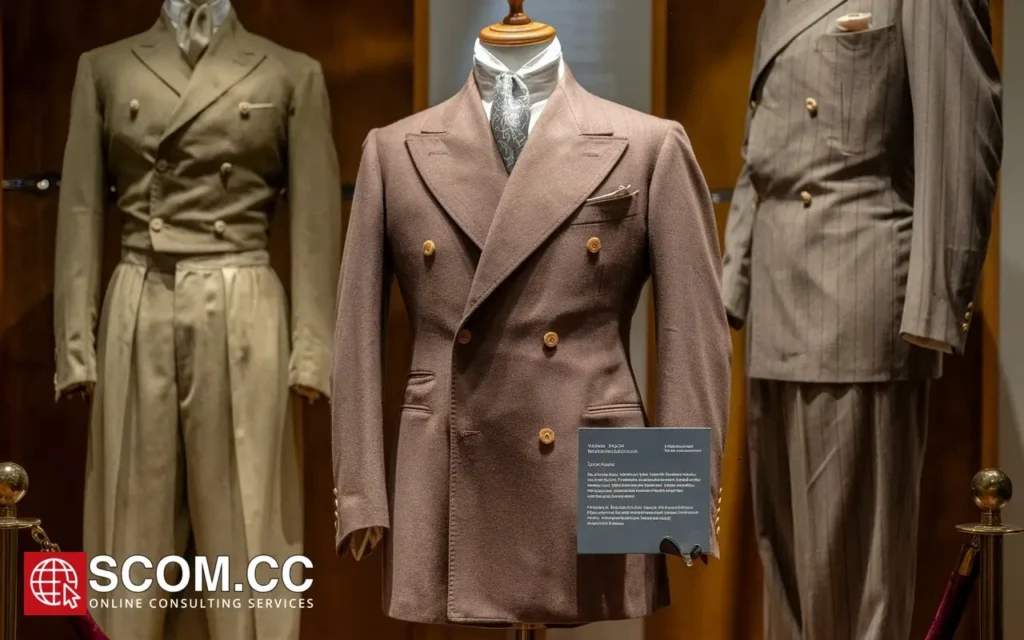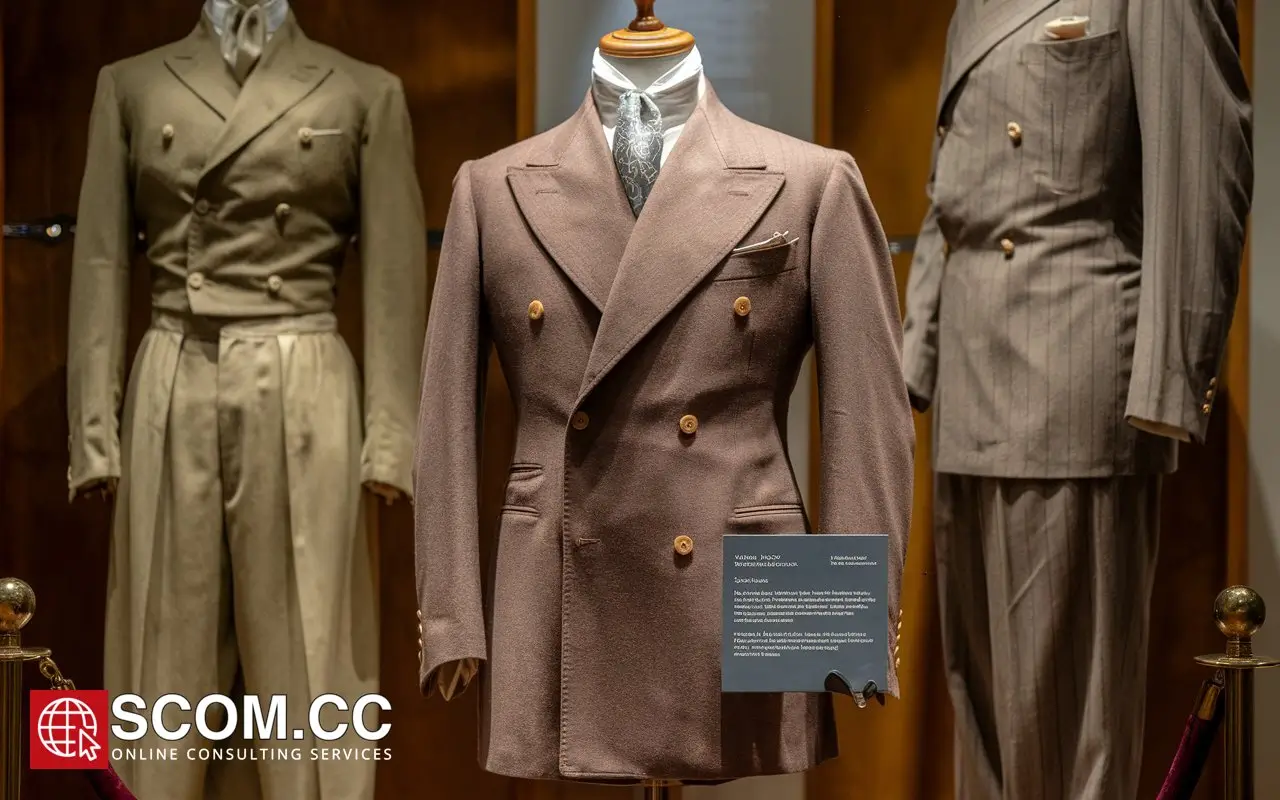How Have Traditional Tailoring Methods Influenced Contemporary Practices?

- How Have Traditional Tailoring Methods Influenced Contemporary Practices?
- The Foundation of Traditional Tailoring
- Traditional Techniques in Contemporary Tailoring
- The Influence of Traditional Tailoring on Modern Fashion Design
- Conclusion
-
FAQ
- What are the key principles of traditional tailoring?
- How does bespoke tailoring differ from made-to-measure?
- Why are handcrafted elements important in contemporary tailoring?
- How has traditional tailoring influenced sustainable fashion?
- What role does fabric selection play in both traditional and contemporary tailoring?
- How have gender norms in fashion influenced tailoring practices?
- What are some modern adaptations of traditional tailoring techniques?
How Have Traditional Tailoring Methods Influenced Contemporary Practices?
Tailoring is an ancient craft that has been passed down through generations, evolving over centuries while maintaining its core principles. The influence of traditional tailoring methods on contemporary practices is profound, shaping the way we approach clothing design, construction, and fit. Today’s tailors continue to rely on time-honored techniques that emphasize craftsmanship, precision, and a deep understanding of fabric. In this comprehensive article, we will explore how traditional tailoring has left an indelible mark on modern fashion, from bespoke suits to the rise of sustainable fashion.
The Foundation of Traditional Tailoring
The Craftsmanship of Bespoke Tailoring
At the heart of traditional tailoring is bespoke tailoring—the art of creating garments specifically for an individual, with meticulous attention to detail and fit. This process involves a series of measurements, fittings, and adjustments, ensuring that each garment is uniquely tailored to the client's body. Hand stitching is a key component of bespoke tailoring, with each seam carefully sewn by hand to create a garment that is both durable and flexible.
Pattern drafting is another critical skill in traditional tailoring. Tailors create custom patterns based on the client's measurements, allowing for precise control over the shape and fit of the garment. These techniques, which have been refined over centuries, are still the foundation of high-end tailoring today. The bespoke process remains a hallmark of luxury, with contemporary designers and tailors continuing to uphold these standards.
The Role of Fabric Selection
In traditional tailoring, the choice of fabric is as important as the construction itself. Tailors must possess a deep understanding of different types of fabrics, their qualities, and how they behave when worn. Wool, silk, linen, and cotton have been the cornerstones of traditional tailoring for centuries, chosen for their durability, breathability, and aesthetic appeal. The emphasis on high-quality, natural fabrics is a practice that persists in contemporary tailoring, where the choice of fabric remains a key factor in the overall quality of the garment.
The Importance of Fit and Structure
Traditional tailoring places a strong emphasis on fit and structure. A well-tailored garment should complement the wearer's body, enhancing their natural shape while providing comfort and ease of movement. Techniques such as canvassing, where a layer of canvas is sewn between the fabric and lining of a suit, provide structure and help the garment maintain its shape over time. This method is still widely used in modern tailoring, particularly in high-end suits, where achieving the perfect balance between structure and fluidity is essential.
Traditional Techniques in Contemporary Tailoring
The Persistence of Handcrafted Elements
Despite the rise of mass production, many contemporary tailors continue to incorporate handcrafted elements into their work. Hand-sewn buttonholes, hand-set sleeves, and hand-padded lapels are all techniques that harken back to traditional tailoring. These elements add a level of craftsmanship and attention to detail that is often missing in machine-made garments. For many clients, the presence of these handcrafted features is a key reason to choose a tailored garment over off-the-rack options.
Modern Adaptations of Traditional Techniques
While traditional methods are still highly valued, contemporary tailors often adapt these techniques to suit modern demands. Made-to-measure tailoring is one such adaptation, offering a middle ground between bespoke and off-the-rack clothing. This process involves taking a standard pattern and adjusting it to the client's measurements, offering a more personalized fit than ready-made garments. While not as labor-intensive as bespoke tailoring, made-to-measure still draws heavily on traditional principles of fit and craftsmanship.
Another example is the use of modern fabrics in traditional tailoring techniques. Innovations in textiles, such as stretch wools and performance fabrics, allow tailors to create garments that offer the same level of craftsmanship and fit as traditional materials but with added benefits such as wrinkle resistance and moisture-wicking properties. These modern fabrics are often incorporated into the same techniques used for centuries, blending tradition with innovation.
Sustainability and the Return to Tradition
In recent years, there has been a growing trend towards sustainable fashion, and traditional tailoring methods have found new relevance in this movement. The emphasis on quality, durability, and timeless style that defines traditional tailoring aligns with the principles of sustainability. Slow fashion, which prioritizes long-lasting garments over disposable trends, is inherently connected to traditional tailoring practices.
Upcycling and garment repair are also seeing a resurgence, with many contemporary tailors offering services to extend the life of clothing. These practices are rooted in the traditional mindset of valuing craftsmanship and longevity over short-term consumption. By focusing on creating garments that can be worn for decades, contemporary tailors are not only preserving traditional methods but also contributing to a more sustainable future for fashion.
The Influence of Traditional Tailoring on Modern Fashion Design
Runway to Real Life: The Tailoring Trend
Traditional tailoring has also left a significant mark on modern fashion design. Designers frequently draw inspiration from the clean lines, structured silhouettes, and attention to detail that define classic tailoring. Blazers, tailored trousers, and structured coats are staples in both men's and women's wardrobes, reflecting the enduring influence of traditional methods.
Fashion designers often incorporate traditional tailoring techniques into their collections, using them as a foundation for more experimental designs. The juxtaposition of classic tailoring with avant-garde elements has become a popular approach in contemporary fashion, blending the old with the new to create innovative yet timeless pieces.
Gender Fluidity and Tailoring
Traditional tailoring, once strictly divided along gender lines, has also evolved to reflect changing societal norms. The rise of gender-fluid fashion has seen many of the techniques and styles associated with men's tailoring being adopted in women's fashion and vice versa. Double-breasted jackets, tailored suits, and structured outerwear are no longer confined to a single gender, demonstrating the versatility and adaptability of traditional tailoring methods in the modern world.
Conclusion
The enduring legacy of traditional tailoring methods is evident in the practices of contemporary tailors and fashion designers alike. From the precision of bespoke tailoring to the craftsmanship of handcrafted elements, the influence of these time-honored techniques continues to shape the world of fashion. As we move towards a future that values sustainability, quality, and individuality, the relevance of traditional tailoring methods only grows stronger. These practices not only preserve the artistry of the past but also provide a foundation for innovation in the ever-evolving world of fashion.
Summary Table of Traditional Tailoring Methods and Their Influence on Contemporary Practices
| Aspect | Traditional Tailoring | Contemporary Influence |
|---|---|---|
| Craftsmanship of Bespoke Tailoring | Involves precise measurements, hand stitching, and custom patterns | Continued use in luxury tailoring; foundation of high-end bespoke suits |
| Fabric Selection | Emphasis on high-quality, natural fabrics like wool, silk, linen | Ongoing preference for quality fabrics; incorporation of modern textiles |
| Fit and Structure | Use of canvassing, precise fit adjustments to complement body shape | Maintained in modern suits; emphasis on structure and fit |
| Handcrafted Elements | Hand-sewn buttonholes, hand-set sleeves, hand-padded lapels | Valued in contemporary tailoring for craftsmanship and uniqueness |
| Modern Adaptations | Traditional techniques adapted to suit modern demands (e.g., made-to-measure) | Integration of new fabrics like stretch wool, performance textiles |
| Sustainability | Focus on durability, longevity, and repair | Aligned with modern sustainable fashion trends; upcycling and repair services |
| Influence on Fashion Design | Classic tailoring techniques and structured silhouettes | Inspiration for modern designs, gender-fluid fashion, and runway trends |
FAQ
What are the key principles of traditional tailoring?
FAQ: Traditional tailoring emphasizes craftsmanship, precise fit, high-quality fabric selection, and the use of techniques like hand stitching and canvassing to create durable and well-structured garments.
How does bespoke tailoring differ from made-to-measure?
FAQ: Bespoke tailoring involves creating a completely custom garment from scratch, based on detailed measurements and fittings, while made-to-measure adjusts a standard pattern to the client’s measurements, offering a personalized fit with less labor.
Why are handcrafted elements important in contemporary tailoring?
FAQ: Handcrafted elements like hand-sewn buttonholes and hand-set sleeves are valued in contemporary tailoring for their attention to detail and the level of craftsmanship they represent, offering a unique and durable finish.
How has traditional tailoring influenced sustainable fashion?
FAQ: Traditional tailoring’s focus on durability, quality, and longevity aligns with the principles of sustainable fashion, encouraging the production of garments that last longer and can be repaired or upcycled.
What role does fabric selection play in both traditional and contemporary tailoring?
FAQ: Fabric selection is crucial in both traditional and contemporary tailoring, with an emphasis on choosing materials that complement the garment’s design, ensure durability, and provide comfort.
How have gender norms in fashion influenced tailoring practices?
FAQ: Traditional tailoring was once divided along gender lines, but contemporary fashion has seen a blending of these practices, with gender-fluid designs incorporating elements from both men’s and women’s tailoring.
What are some modern adaptations of traditional tailoring techniques?
FAQ: Modern adaptations include the use of new fabrics like stretch wool and performance textiles, as well as the made-to-measure approach, which provides a personalized fit while being less labor-intensive than bespoke tailoring.

To explore more about tailoring, visit our Blog of Tailoring. If you have any questions or need assistance, go to our contact page. Additionally, you can find more information about tailoring and consulting at this tailoring and consulting portal.

Leave a Reply